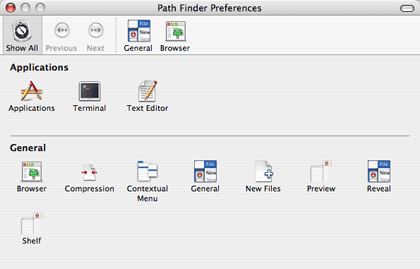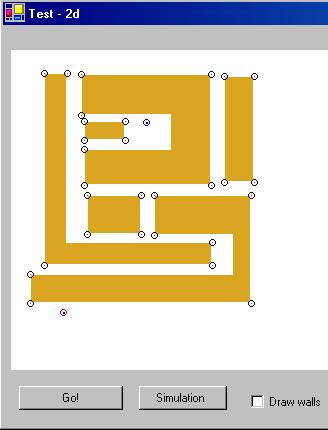
Multiple active frequency options including the following:.
The path finder system free#
For more information on the Pathfinder PLS®, or any other Rycom Instruments® locator, please contact your local dealer or call us toll free at 1-80. locators are designed and manufactured to make utility locating as accurate as you need and as simple as you want. Traceable 25 feet in the air and 10 feet in cast iron, the PATHFINDER PLS® receiver will identify the precise location of the line blockage. Operating on active frequencies of 512Hz, 640Hz, 815 Hz, 8 kHz, or 33kHz Rycom Instruments® Sondes are pushed into non-pressurized conduits and pipes until they reach the point of pinch or blockage. The Path Finder device can be purchased on the manufacturers website, Walk With Path: Link to the manufacturers website In relation to support In the event that the elastic bands break, the company provides others at no cost. When the "A-frame" is placed directly over the fault, the receiver will provide a null response.Ĭonduit pinches can be located using the optional Sondes. As the operator moves towards the fault the receiver will respond with rapidly peaking signal. The Pathfinder PLS® can quickly and simply locate line when faults when used with the optional "A-frame" GRP (ground return probe). Proximity cues to the tracing signal are given to the user through either peak or null tone modes while the backlit digital display provides both relative and actual signal strength. The ergonomically designed and balanced Pathfinder PLS® receiver provides instant push-button depth up to 25 feet and current measurement to help identify target utilities in crowded easements. All functions are accessed via weather-proof membrane buttons and both user input and transmitter status are verified with audible responses. This set-and-forget feature saves you time and money by reducing the need to repeatedly relocate the transmitter. From one transmitter setting the user can locate the main line as well as other services by "lighting up" the entire site. The5 watt or 10 watt transmitter has the ability to simultaneously apply an two frequencies to a utility.

Updated transmitter functions include improved transmitter induction, multi-frequency coupled induction ranging from 8 kHz to 118 kHz, and automatic impedance matching for direct connections. The Pathfinder PLS® offers multiple passive frequencies - 50Hz, 60Hz, Radio Frequency, Cathodic Protection Rectifier & CATV - allowing line locating without the use of a transmitter. Passive frequencies identify "live" and charged lines by their naturally occurring electromagnetic fields. Multiple active frequencies allow the user to accurately locate with a minimum of interference while maintaining the ability continue locating past faults and around conduit bends. The Pathfinder PLS® cable & pipe locator offers utility locators FrequencyFlex™ allowing users to adapt the system to The Pathfinder PLS® offers RYCOM’s most advanced signal acquisition and filtering technology. Makes Accuracy Simple, Fast and Affordable.īuilt on a proven design, and with Pathfinder SAF Technology™ at its core, For instance, spacegroup Pm-3 (cubic primitive, extended Bravais lattice cP1) does not have 90° rotation symmetries, so both the lines M–X and M–X 1 must be considered.Powerful and Feature Packed Utility Locator Complete set of high-symmetry paths (band lines), using also spacegroup symmetry when needed.For irrational k-points (not defined in the Tables), letters are chosen so as to never collide with existing letters in the Tables. For rational k-points, we use the same labels as the ones defined in the Tables.



use of the crystallographic cells: The conventional cell is standardized according to the definitions that are.This tool follows the definitions of the HPKOT paper.


 0 kommentar(er)
0 kommentar(er)
